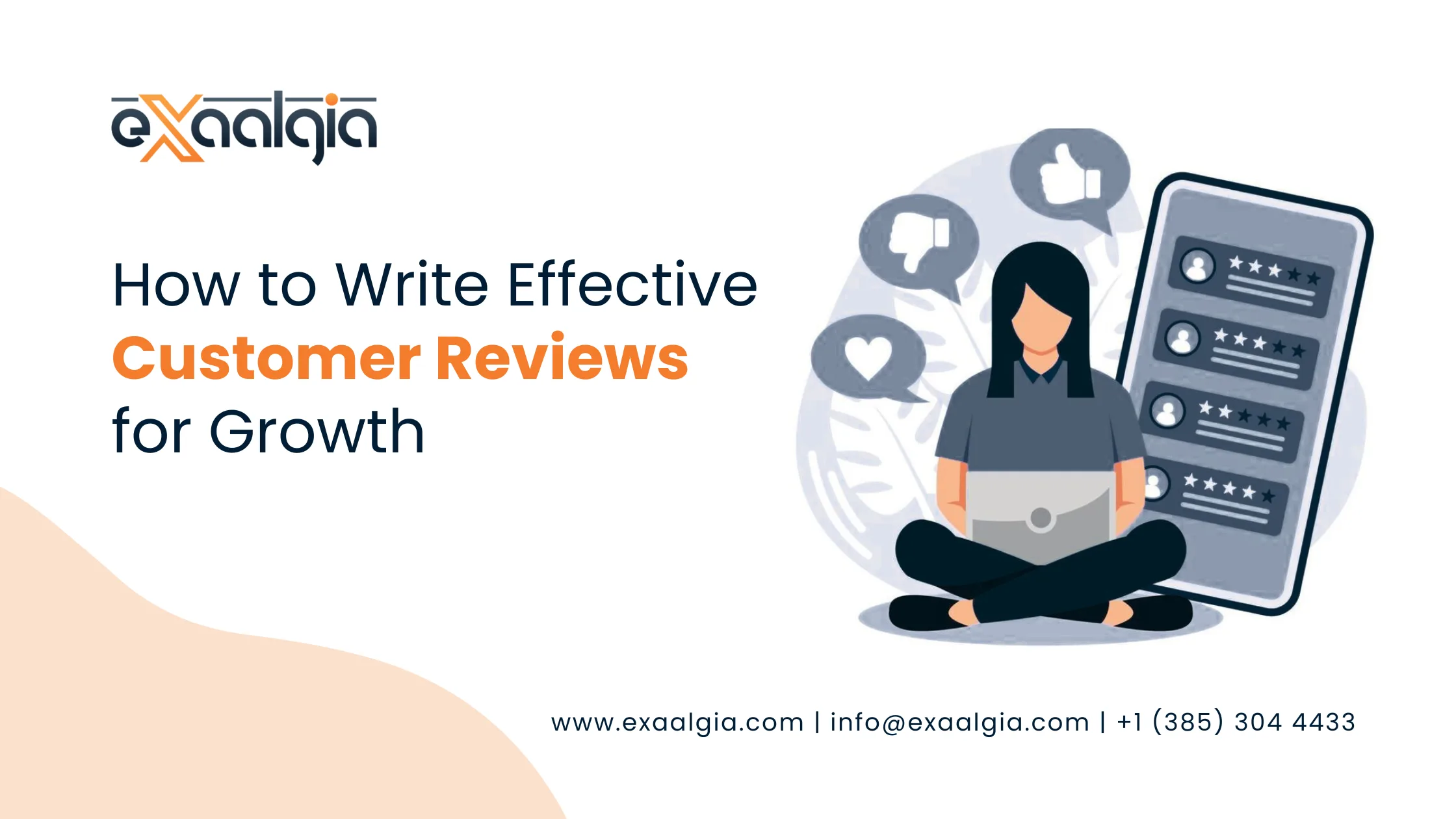While design and branding campaigns attract users, it’s the seamless user experience that ensures they stay, convert, and return. But how do you measure these intangible aspects and transform them into real optimization strategies?
Welcome to the ultimate guide on measure website UX, a deep dive into frameworks, tools, metrics, and steps you can take right now to transform user insights into a better performing, higher-converting site.
Why Measuring UX Isn’t Optional, it’s Essential
Before we dive into the how, let’s revisit the why. UX (user experience) isn’t a “nice to have” feature of your website; it’s one of the main determinants of conversion, retention, brand perception, and ultimately revenue.
- Users who get frustrated leave, and often don’t come back.
- Slow load times and unclear navigation cost you trust.
- Great UX fosters loyalty, positive word-of-mouth, repeat visits.
If you can measure UX well, you can iteratively improve, spot friction, reduce bounce, increase conversions. You move from guesswork (“I think users might be confused here”) to data-driven changes (“We see users failing form submission here, so let’s fix that.”).
Metrics That Matter: The Core Ways to Measure Website UX
To measure anything well, you need the right kinds of metrics. Broadly, UX metrics split into objective and subjective / qualitative:
| Type | What it captures | Examples |
| Objective / Behavioral | What users do, actions, timings, errors | Time on task, error rate, success rate, navigation paths, click heatmaps |
| Subjective / Qualitative | What users feel / think | Satisfaction ratings, interviews, open-ended feedback, usability tests |
To get the full picture, you’ll want both. The objective tells what is happening; the qualitative tells why it’s happening.
Also helpful: frameworks like Google’s HEART: Happiness, Engagement, Adoption, Retention, Task success. That lets you balance behavioral metrics with user feelings.
Actionable Strategies to Measure Website UX, and How to Use Them
Here are actionable methods. Each one gives you a different angle. Use several together for a holistic view.
Track How Users Interact with Forms
Forms are often bottlenecks: contact us, signup, checkout. If users abandon forms, that’s a red flag. Analyze things like:
- Which fields often go blank
- Where people hesitate, scroll too much, get stuck
- Drop-off points (which field causes most exits)
Tools like Hotjar (for form analytics + session recordings) help you see actual behavior.
Tip: Minimize required fields. On mobile especially, long forms kill UX.
Observe How Users Navigate Your Website
Where do people click? What do they ignore? Do they try clicking non-clickable things?
Heatmaps, scroll maps, click tracking give you visual feedback: what attracts attention vs what’s hiding. Tools like Crazy Egg let you see click frequency, scroll depth, “confetti” of clicks (where people come from).
Use this to adjust layouts, call-to-action (CTA) placement, reduce clutter, highlight important features.
Usability Testing
Invite real users (or friends, or existing customers) to perform tasks on your site: purchase, find info, fill a form. Watch where they struggle. Ask for their impressions.
Not everything will show up in behavioral metrics. Some issues are usability-based: confusing wording, unclear navigation labels, non-intuitive flows. Observing users can reveal those.
Tip: Give tasks but avoid guiding them. Let them “fail” so you can see real friction.
Monitor Page Views & Time on Page
These are classic metrics: how many pages a user visits, how long on each. High time on page + many page views can signal engagement, but also could mean they’re struggling to find what they want. Conversely, very low time or very few pages visited may signal disinterest or landing page mismatch.
Use these metrics to understand: are users exploring? Are they bouncing? Is content meeting expectations? Is the structure logical?
Conduct Customer Success / Satisfaction Surveys
Direct feedback is golden. A few well-worded questions can provide insight into user satisfaction, pain points, expectation mismatches. Examples:
- “Did you find what you were looking for?”
- “How easy was it to complete your task?”
- “Would you recommend us to someone else?”
Tools like Qualaroo can pop up micro-surveys; following up more formally can also be good. The responses help interpret the quantitative data.
Listen to Your Customer Service Team / Support Feedback
Your support team hears what your users struggle with in real time. FAQs, chat logs, tickets, all contain UX complaints: broken links, confusing navigation, failed checkouts.
Collect this data. See which issues come up repeatedly. Which ones cost time / money. Then feed those insights back into design / dev cycles.
Track Page Load Speed
This one has a mix of behavioral and technical UX. Slow pages frustrate users, lead to bounce, harm SEO. According to studies, a large percentage of users abandon a site if it takes too long to load.
Tools like Google’s PageSpeed Insights can tell you what’s slowing your pages (large image files, uncompressed video, render-blocking scripts). Fixing these can yield quick wins.
Measure Website UX, Transform Results
Measuring website UX isn’t a one-time checklist but an ongoing journey woven into every part of your site’s design, content, and optimization. With thoughtful use of metrics, direct and indirect feedback, and the right tools, it’s possible to turn casual visitors into engaged, loyal customers.
Prioritize the changes that matter, keep your measurement toolkit sharp, and never lose sight of the real people behind every stat and session. High-performing websites aren’t just found, they’re felt. Start measuring your website UX today, and let your results speak for themselves.
Frequently Asked Questions: Measuring Website UX
1. What are the key metrics for measuring website UX?
Track a range of metrics including Core Web Vitals (LCP, INP, CLS), page load times, bounce rate, session duration, user satisfaction surveys (NPS, CSAT), task completion rate, error rate, and heatmap analysis for clicks and scroll depth.
2. How often should website UX data be reviewed?
UX data should be reviewed monthly at minimum, and always after launching new design updates or features. Regular review helps catch issues early and guide iterative improvements.
3. What is the difference between qualitative and quantitative UX data?
Quantitative UX data (bounce rate, conversion rate, page speed) provides measurable insights, while qualitative data (user surveys, interviews, usability tests) gives direct feedback about user emotions, preferences, and pain points. Both are essential for a comprehensive UX strategy.
4. Can website UX be improved without a full redesign?
Yes, incremental improvements based on data analysis can make a significant difference. Optimizing page speed, clarifying calls to action, simplifying forms, and addressing common usability issues often yield fast UX gains without a complete redesign.
5. Do I need coding skills to measure website UX?
No. Modern analytics tools like Google Analytics, Hotjar, and NitroPack make it easy to measure and visualize website UX without coding. These platforms provide dashboards and heatmaps suited for marketers and business owners.
6. What survey questions help measure UX on my site?
Effective questions include: “How easy was it to navigate our site?”, “Did you find what you were looking for?”, “What stopped you from completing your task today?”, and “Would you recommend our site to others?”.
7. Why is session duration important for UX?
Session duration indicates user engagement. Longer average sessions often mean users find content valuable and navigation intuitive. However, extremely long times may sometimes signal confusion, so review in context.
8. What is a good benchmark for website conversion rate?
For most websites, a conversion rate between 2-5% on core actions (like signups or purchases) is a reasonable benchmark. The goal is consistent improvement, guided by user feedback and UX metrics.
9. How can tools like heatmaps improve UX measurement?
Heatmaps visually display where users click and scroll most (or least). Analyzing heatmaps helps identify popular elements, ignored sections, or accidental clicks, guiding layout or CTA refinements for better UX.
10. How does mobile performance affect website UX?
Mobile UX is crucial, as many users visit via smartphones or tablets. Track mobile device metrics separately, and address issues like touch target sizes, page speed, and responsive layouts to optimize experience across screens.







